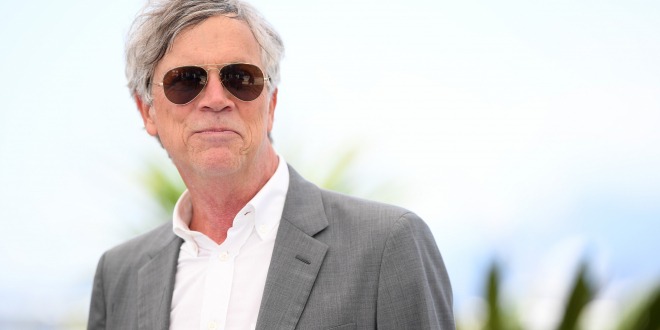The Velvet Underground’s most famous quote is Brian Eno’s remark that the band didn’t sell many records, but everyone who bought one started a band. In Todd Haynes’ documentary “The Velvet Underground,” you won’t hear that line, nor will you witness a montage of prominent faces discussing their enormous influence. The first full Velvet Underground music isn’t heard until over an hour into the two-hour film.
Instead, Haynes, the filmmaker behind “Carol,” “I’m Not There,” and “Far From Heaven,” avoids a standard presentation of the Velvets, which is a suitable approach given the group’s uncompromising, pioneering nature. Like the Velvets, his film, which opened at the Cannes Film Festival, is unabashedly creative, infinite, and fascinating. Even Lou Reed, you get the impression, would be happy with how “The Velvet Underground” refuses to accept the obvious.
In an interview, Haynes noted, “I didn’t need to film a movie to tell you how fantastic the band is. There were a lot of things I was going to say, ‘OK, we’ve seen this before.’ Let’s go right to the point of how this music came to be, where these folks came from, and how this group of people came together in such a miraculous way.”
“The Velvet Underground,” which Apple will release in theaters and on its streaming platform on Oct. 15, includes never-before-seen footage and rare interviews with founding member John Cale (who describes the band as striving for “how to be elegant and how to be brutal”), Jonathan Richman of the Modern Lovers and an early disciple, and Jonas Mekas, the late pioneering filmmaker who fanned the flames of the Velvet Underground.
“The Velvet Underground” is unique in the way it resurrects the 1960s downtown New York art culture that gave birth to and nourished the band. Haynes painstakingly chronicles Warhol’s Factory’s rich downtown setting, the queer New York explosion, and how groups like the Ramones and La Monte Young’s experimental drone music turned on Lou Reed and the Velvets. Art, avant-garde cinema, and avant-garde music collide.
More than anything else, the film is a revelatory portrayal of artistic cross pollination.
“You really felt the coexistence and the creative inspiration that was being traded from medium to medium,” says Haynes, who observes that such localized hotbeds have become extinct as a result of the digital age. “I’m craving that right now. I’m not sure where that is.” Haynes’ debut documentary is titled “The Velvet Underground.”
Previously, he had relied on the creation of fictitious renowned musicians. His song “Velvet Goldmine” was a David Bowie-inspired glam-rock fantasy. Rather than attempting the difficult challenge of casting a Bob Dylan actor, he cast seven in “I’m Not There.”.

